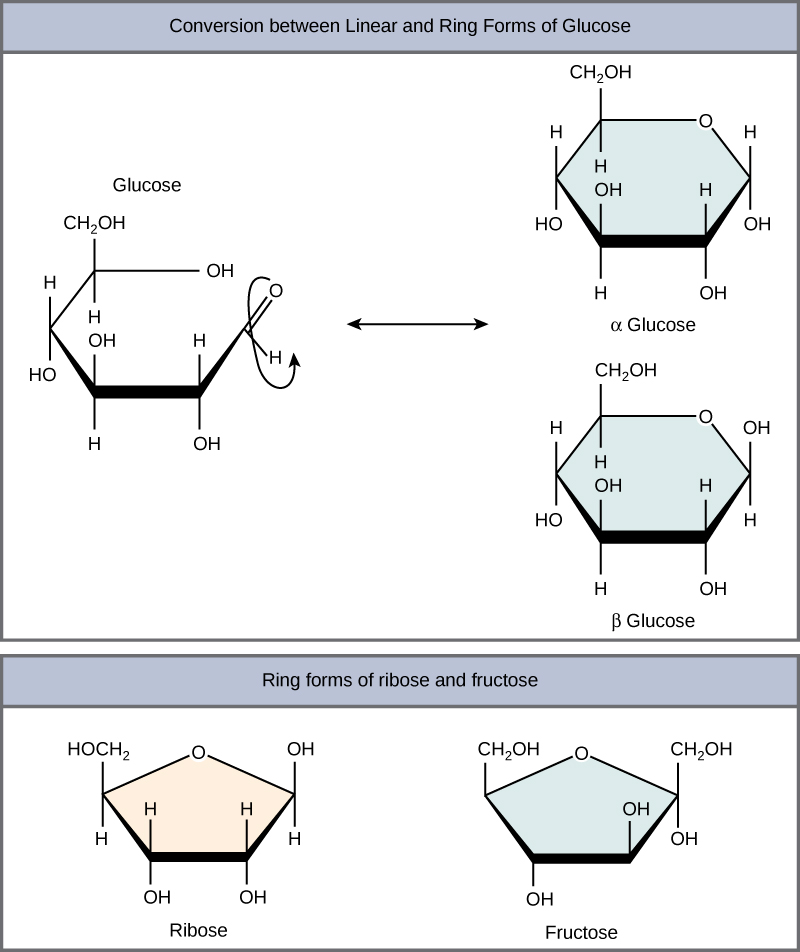

It is estimated to affect 552 million people globally by 2030 ( Kharroubi and Darwish 2015). Worldwide, 422 million people have diabetes as of 2014, a lot of which reside in low- and middle-income countries, with the number of cases increasing steadily over the decades ( WHO 2021). Perspectives on the development of wearables for glucose biosensing are discussed.ĭiabetes is an intractable, challenging health problem in the 21st century. This review summarises advances in wearable glucose biosensors over the past 5 years, comparing the different types as well as the fluid they use to detect glucose, including the CGMs currently available on the market. Challenges still present themselves in the form of sensitivity, especially at very high or low glucose concentrations, which is critical for a diabetic person to monitor. Recent developments have surfaced in the form of contact lenses or mouthguards for instance.

To improve the wearability of these devices, exploring different fluids as testing mediums is essential and opens the door to various implants and wearables that in turn have the potential to be less inhibiting to the wearer. Biosensing technologies are being increasingly explored that use different bodily fluids such as sweat and tear fluid, etc., that can be calibrated to and therefore used to measure blood glucose concentrations accurately. Although there are multiple biosensing platforms for monitoring glucose available on the market, there is still a strong need to enhance their precision, repeatability, wearability, and accessibility to end-users. 4The Key Laboratory for Biomedical Photonics of MOE at Wuhan National Laboratory for Optoelectronics, Hubei Bioinformatics and Molecular Imaging Key Laboratory, Systems Biology Theme, Department of Biomedical Engineering, College of Life Science and Technology, Huazhong University of Science and Technology, Wuhan, ChinaĬontinuous glucose monitors (CGMs) for the non-invasive monitoring of diabetes are constantly being developed and improved.3Shenzhen YHLO Biotech Co., Ltd., Shenzhen, China.

2School of Life and Health Sciences, The Chinese University of Hong Kong, Shenzhen, China.1School of Engineering, The University of Glasgow, Glasgow, United Kingdom.Lucy Johnston 1 †, Gonglei Wang 2 †, Kunhui Hu 3, Chungen Qian 4 and Guozhen Liu 2*


 0 kommentar(er)
0 kommentar(er)
